Seville is a city that captivates you immediately. But even though you immediately feel a charming familiarity with it, its variety will make you want to discover it again and again.
The Andalucian capital’s past is embedded in its present, so most of the experiences you will experience touch in some way on its cultural heritage. Dinner in an ancient Moorish bath, listening to ancient music, discovering art, culture and relics (!) of past civilizations are just some of the unforgettable activities it offers.
15 things you can only do in Seville
Bask in the sun at the elegant Real Alcázar
One of the best historic palaces in Europe is located in the heart of Seville’s Barrio Santa Cruz district. Begun in the 10th century by the Moors, it was then occupied and expanded by the Spanish monarchs. The Real Alcázar is a vast complex consisting of elegant palaces, fountained courtyards and royal apartments set on a lush garden oasis. The Palacio de Don Pedro, with its gold-tiled ceiling and elaborate geometric stucco, is one of the highlights. During your visit to the Real Alcázar, you’ll find plenty of opportunities to avoid the crowds. Look for peacocks in a maze of myrtles, admire the artesonado (decorative wooden ceiling) in one of the rooms and enjoy a shady spot in the courtyard.
Learn flamenco like a pro
Flamenco is a key part of Andalusian culture. Rich in melody and emotion, flamenco is not just a musical genre, but a lament that transcends time, often in an intimate space where subtle nuances can be truly conveyed. These shared moments between artists and audiences are often intense and deeply moving.
Flamenco has four main parts: Toque (guitar) and jaleo (necessary for rhythm) form the musical foundation on which cante (song) and baile (dance) are built. Palmases, the distinctive style of clapping, is part of the halleo. Learn more about flamenco at the Museo del Baile Flamenco. Take it a step further at Taller Flamenco, where you can take individual lessons or longer workshops in flamenco guitar, clapping or singing with local experts.
Look for the tomb of Christopher Columbus in Seville Cathedral
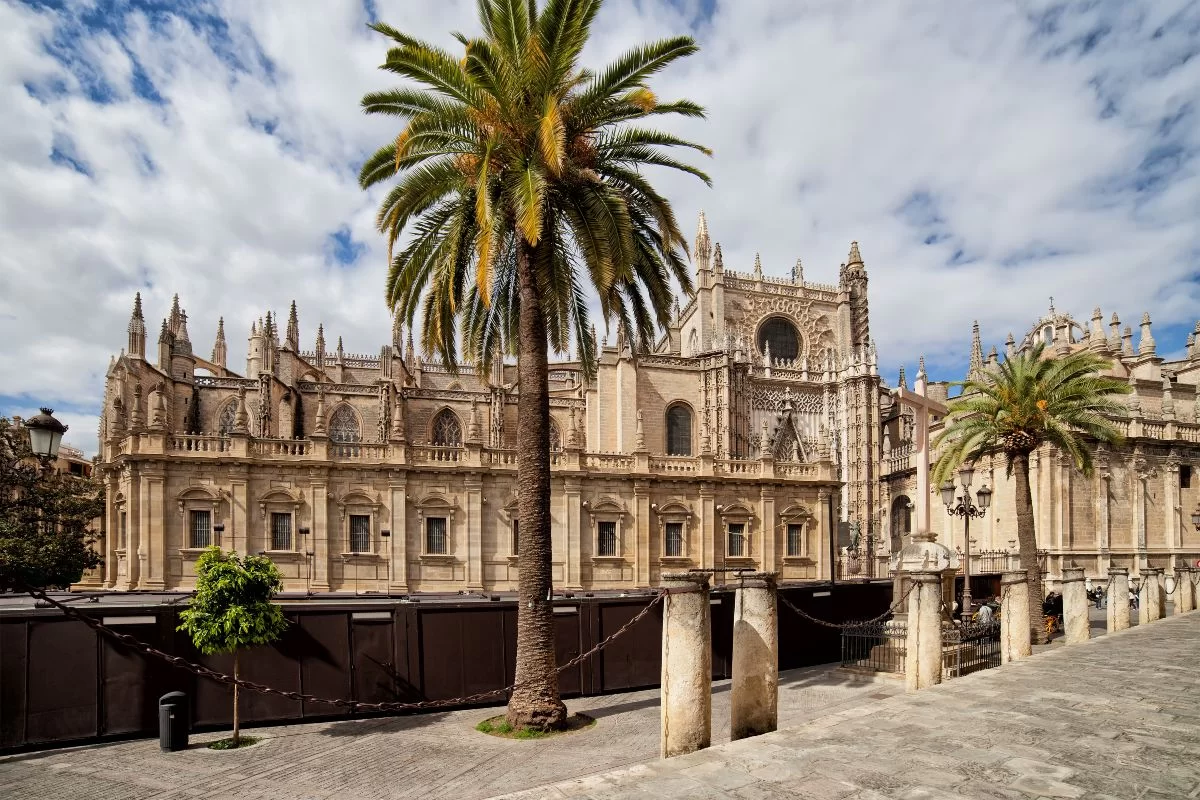
Seville Cathedral is often touted as the largest Gothic cathedral in the world. Indeed, the Cathedral of Santa Maria de la Sede, as it is officially called, is a place that inspires awe in those who visit it. Rich Gothic and Baroque decoration, the Giralda bell tower, works of art by Goya and Turbaran and an elaborate iconostasis covered with gold leaf attract attention. So much so that an important point in the temple often goes unnoticed: the tomb of Christopher Columbus. His remains were verified by DNA testing in 2006.
Stroll around the Metropol Parasol
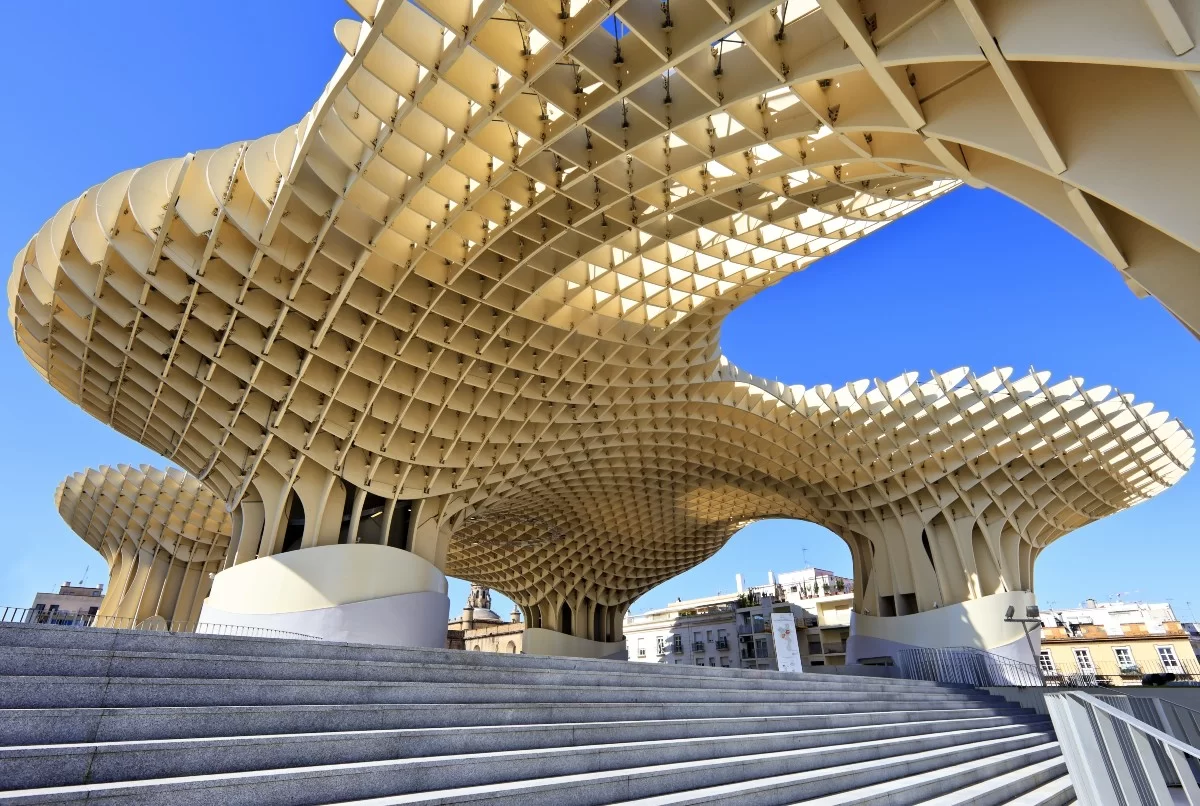
One of the most unusual features of Seville is the Metropol Parasol, a huge wooden lattice in the heart of the center. Built in 2011, it quickly acquired the affectionate nickname Las Setas (The Mushrooms). The structure rises above much of the surrounding city, and the walkway to the top is accessible by elevator. Tickets can be purchased on the lower floor below the plaza shaded by Las Setas. While you’re there, be sure to visit the Antiquarium, a series of Roman ruins and mosaic courtyards discovered beneath the square during the construction of the Metropol Parasol.
Enjoy tapas like a local
Eating out in Seville is one of the greatest pleasures for its visitors. Classic tapas include solomillo al whiskey (pork in whiskey sauce) and salmorejo (a type of gazpacho with tomatoes, bread and garlic) served with ham and egg. The nearby Sierra de Aracena region is famous for its acorn-fed black pigs, which produce the famous jamón ibérico de bellota. Many tapas bars in the streets around the cathedral serve these local specialties along with their interesting history. Try the Cerveceria Giralda bar, located in an old Moorish bathhouse, Casa Morales, famous for its meatballs, and Antigua Taberna de Las Escobas, a tapas bar open since 1386.
Based on Andalusian standards (where vegetarian options are almost impossible to find), Seville enjoys a progressive cuisine with a variety of excellent vegetarian (Petra, Taquería La Lupe, Levies) and vegan (Veganí, Vegan Rock) tapas restaurants.
Explore the remains of Expo ’92
Christopher Columbus began his first voyage to the United States in 1492. The 500th anniversary was celebrated in Seville with Expo ’92, which was themed “The Age of Discovery” and was held on the island of La Cartuja. Many of the pavilions have since been rebuilt or demolished, but some fascinating remains include a display of the Ariane 4 space rocket, a satellite, a huge globe called the Esfera Bioclimática, and a large Olmec-style granite head from the Pabellón de México. It’s a fun and photogenic place for urban exploration.
Experience Seville from the water
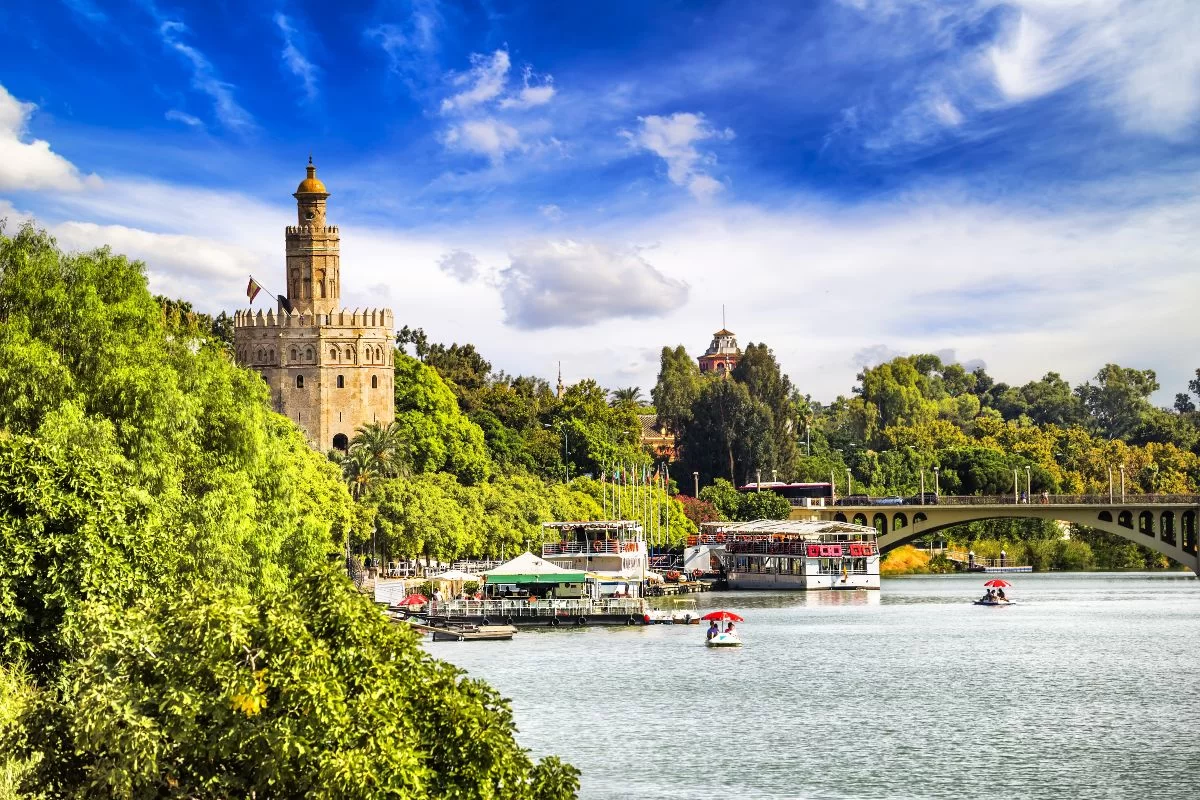
Kayak or SUP on the Guadalquivir River with the help of companies like Kayak Sevilla and Paddle Surf Sevilla. Although navigation has declined today, consider how this area was the main starting point for expeditions to the New World in the 16th and 17th centuries. Ships full of conquistadors and provisions left the docks on the river and returned laden with booty, mostly gold and silver, from the Americas. The result was the rapid growth of a wealthy merchant class that invested much of that wealth in the city’s ubiquitous Baroque buildings and churches, richly decorated with lavish architecture and artwork that still form many of the city’s top attractions.
Admire the masterpieces of Seville’s Golden Age
During the period known as the Golden Age of Seville, in the 16th and 17th centuries, Baroque art and architecture reached new levels of luxury. Works by local artists such as Bartolomé Esteban Murillo and Diego Velázquez are scattered throughout the city, including the Hospital de los Venerables Sacerdotes and the cathedral. The largest collection is in the Museo de Bellas Artes, along with works by other great artists such as El Greco and Goya.
Have fun around the Alameda de Hércules
Roman columns mark the edges of the Alameda de Hércules, the 370-meter (1,214 ft) high-class nightlife area of Seville. In this area you’ll find all kinds of shops, from the eccentric 1987 Bar, where everything from music to framed memorabilia is from the 80s, to stylish live jazz at Gallo Rojo. The area is also the center of the city’s LGBTIQ+ scene with many excellent venues such as the Alameda Ritual Club. More and more of the coolest bars are moving away from Alameda de Hércules and popping up along the nearby Calle Feria.
Imagine your life as a gladiator in the Roman amphitheater of Italy
Northwest of the center of Seville is the ruined Roman city of Italica. Two Roman emperors – Hadrian and Trajan – were born in the city, whose ruins boast an impressive array of mosaic floors. However, the highlight of the venue is the massive 25,000-seat auditorium, where the well-preserved corridors and dilapidated seats still fire the imagination. Tip: You will need to take the bus to reach the destination.
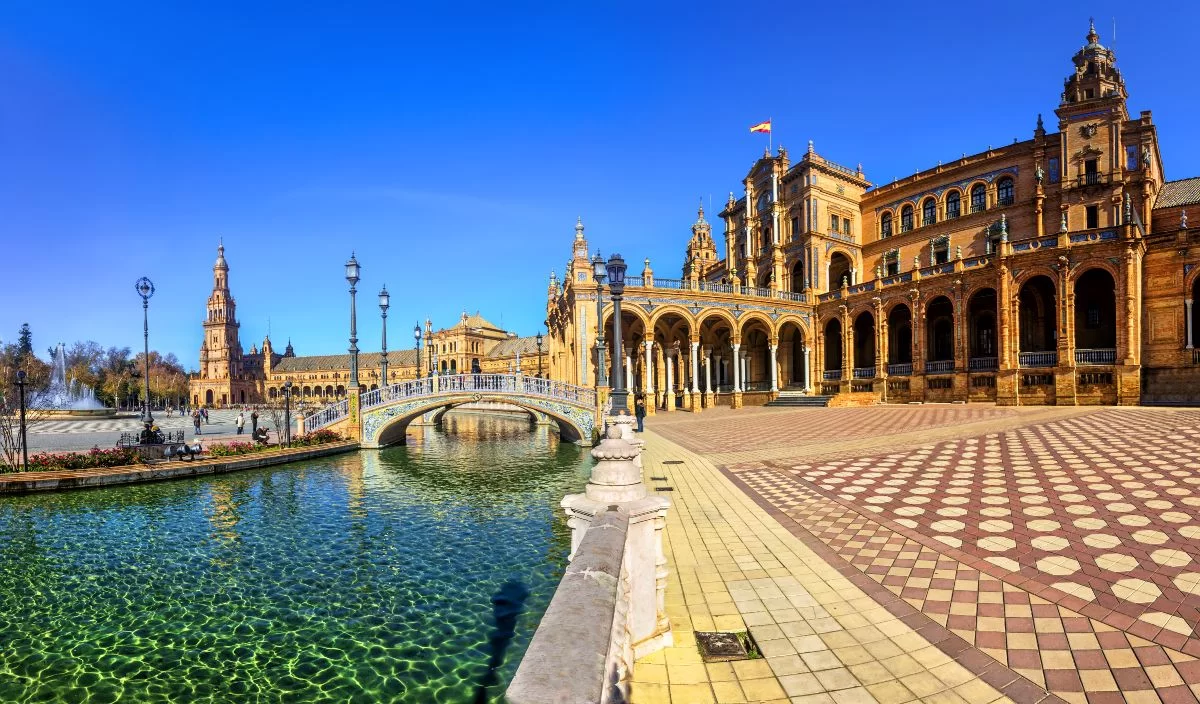
Take a closer look at Seville’s Baroque architecture
Gothic, Mudécaro and Mannerist architecture are some of the styles distinguished in the architecture of Seville. However, it is the Baroque that really stands out in the city. Created mainly during the Golden Age of Seville, the best examples are found in churches such as the Iglesia Colegial del Divino Salvador. To explore a Baroque church without the crowds, try Parroquia de Santa María Magdalena or Hospital de la Caridad.
Explore a former ceramics factory in Triana
In the past, Triana was a district dedicated to ceramics. Many local residents worked in various factories and workshops where the city’s famous azulejos were made. While pottery has been produced locally since at least Roman times, when clay from the river banks was used, the trade peaked in the 19th and early 20th centuries. Today, all the factories are closed, but one has been converted into the Centro Cerámica Triana, where you can discover some of the finest ceramics, as well as the evolution of design aesthetics over the centuries.
Stroll through historic streets
One of the best experiences that Seville has to offer is free and open to all: the historic streets of the city. Barrio Santa Cruz, in particular, is a network of narrow cobbled streets that lead to plazas shaded by orange trees. Every now and then you’ll come across a section of the old city wall marking the end of the Real Alcázar, or discover the baroque splendor of a 16th-century church before another route beckons you. The joy is in getting lost – you will always find an important landmark to get you back on track. The lack of rain, even in winter, makes this activity good all year round.
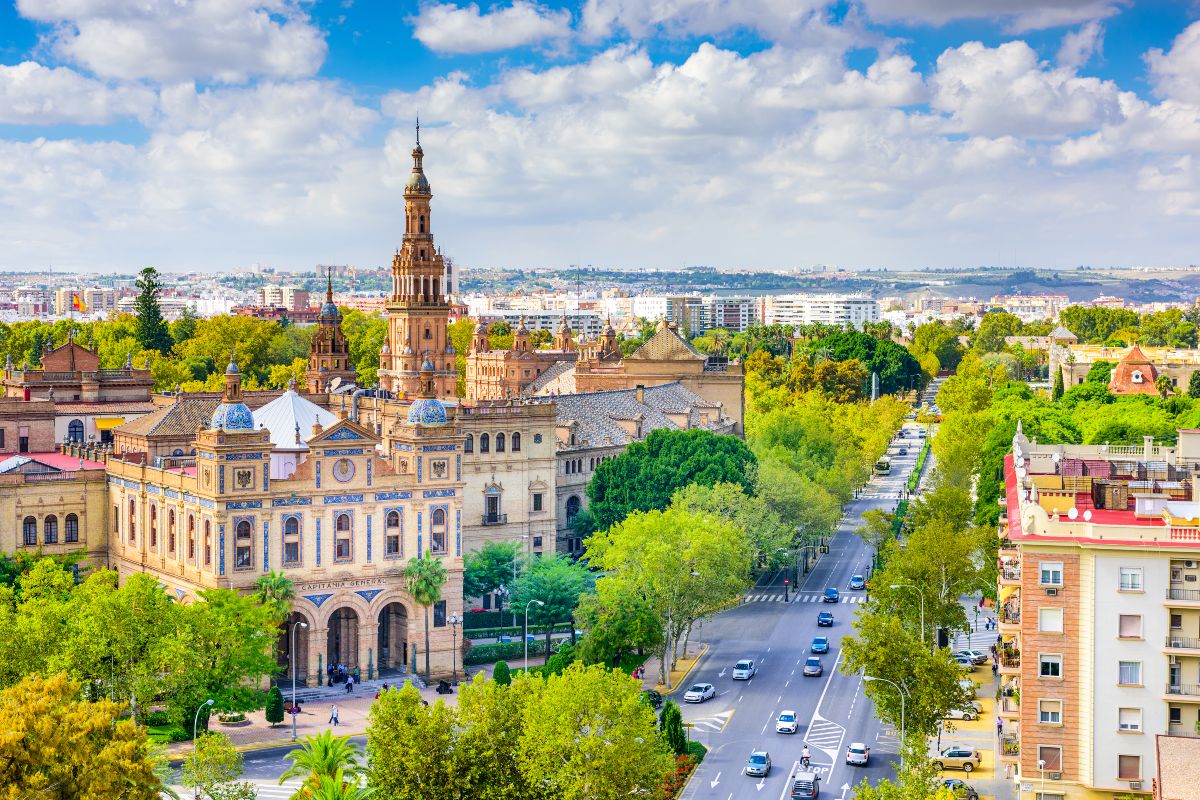
See bones among religious relics
The religious frenzy in Spain grew when the bones of the most devoted believers were incorporated into church architecture. The Jesuits were considered extreme even by the standards of the Spanish Inquisition of the 18th century and were expelled from Spain in 1767. But they left behind a work of incredible beauty in the Iglesia de San Luis de los Franceses. Look closely at the church’s four ornately carved pulpits and you’ll notice something quite familiar: human bones. These eerie relics covered in flowers are said to belong to saints and monks.
Celebrate the big annual holidays like a local
If you want to experience Seville at its most festive and joyful, plan your trip to coincide with one of the big annual spring celebrations that transform the city. Festivities begin on Easter with Semana Santa, where dozens of religious brotherhoods parade on boats through the streets wearing their distinctive conical hats. Two weeks later, the Feria de Abril puts Andalusian cuisine and culture in the spotlight. It goes without saying that both festivals offer a chance to see the fresh side of the city, but it’s wise to book your accommodation in advance.

